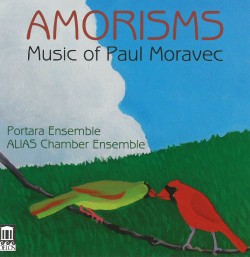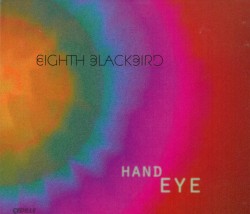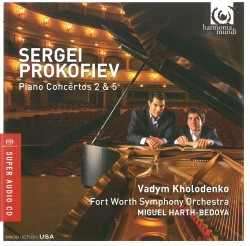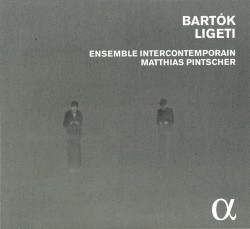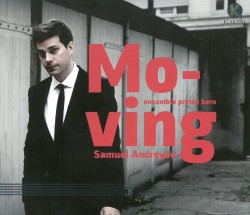Higgs Ocean: Music for Gamelan and String Quartet - Evergreen Club Contemporary Gamelan; Quatuor Bozzini
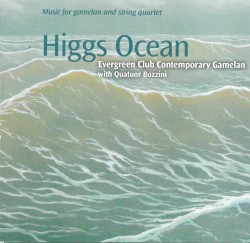 Higgs Ocean – Music for Gamelan and String Quartet
Higgs Ocean – Music for Gamelan and String Quartet
Evergreen Club Contemporary Gamelan; Quatuor Bozzini
Artifact Music ART-042 (evergreenclubgamelan.ca)
Toronto’s Evergreen Club Contemporary Gamelan has just released a superb CD entitled Higgs Ocean that features five works for the ECCG performing on their unique Indonesian-based bronze and wood instruments in counterpoint with the sounds of the Quatuor Bozzini string quartet – a daring combination of soundworlds, cultures, tunings and timbres. Since their beginnings in 1983, the ECCG have been steadily building a repertoire of works through the commissioning of Canadian and international composers. This CD is no exception with five commissioned works composed by Canadians.
The first, In the High Branches by Linda Catlin Smith, tackles head-on the fundamental challenge in pairing the two groups of instruments. Smith calls it an “oil and water situation.” Her solution was to allow both ensembles to have their own distinctive space to establish their identities. Gradually one hears these two worlds merging in such a way that they blend seamlessly.
Smith’s work sets the stage for the remaining pieces, each of which handle this challenge in different ways whether that be through the use of repeating rhythmic patterns and melodic motives, such as in Michael Oesterle’s Higgs Ocean and Ana Sokolović’s In Between or the more starkly pointillist style in Spe Salvi by Petar-Kresimir Klanac. One distinctive feature in Sokolović’s piece is the use of glissandi on the flute-like suling that swoop and soar around the string and gong-like textures. Overall, the CD displays a sense of surety and conviction in its exploration and blending of two cultural legacies.


